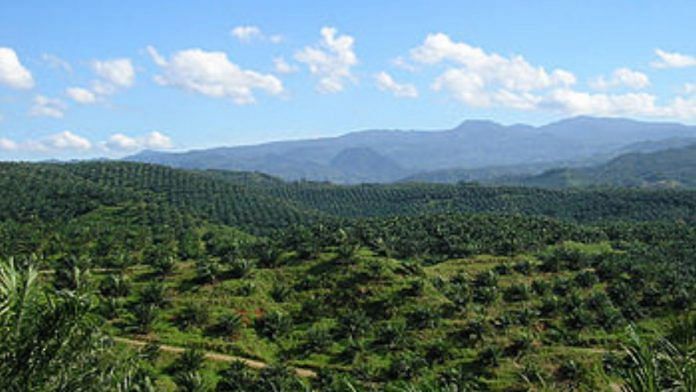If we have the water, we can probably grow the food – or at least we can if we are able to persuade people to eat rather less meat. Without fresh water we can’t. Water is the pinch point. A quarter of the world’s population does not have enough water for their daily needs. Some large cities have come close to switching off the taps altogether: Cape Town and Chennai, for example. Agriculture in the Murray-Darling River Basin in Australia has been devastated by water mismanagement. Infamously, the Aral Sea – which lies between Kazakhstan and Uzbekistan – has shrunk to a fraction of its former size as a result of too much water being drawn off for irrigation of cotton and wheat crops. There are lots of things that can be done both to use water more efficiently and to increase supply. The costs of desalination have fallen steadily, and for locations near the sea that is part of the solution. In 2018, Cape Town in South Africa came within a few days of having to shut off its municipal water supply and make people draw a ration from standpipes. That emergency forced people to be much more economical with their use of water.
Development of drought-resistant crops will help, too. Most wealthy countries will find ways of providing enough water to meet their needs. It is the poorer ones that will suffer.
For India, China and parts of sub-Saharan Africa, it will be a continuing struggle. Technology will help. Better food distribution will certainly help. Maybe wiser policies will help, too, for misguided political decisions have been responsible for a string of environmental catastrophes. Diverting the rivers that flow into the Aral Sea to irrigate cotton crops was arguably the worst. Yet the struggle to feed people must be seen in the context of the stunning decline in the number and extent of famines that has occurred over the past century. If countries make sensible decisions about water use, most of them should be able to scramble through.
Professor Amartya Sen, who won a Nobel Prize for his work on the problems of the world’s poorest people, argues in his essay on poverty and famine that issues such as land tenure and distribution of food matter more than actual supply. If people own or have a long lease on the land they farm, they will make sure it is not degraded. Cutting food waste is obviously a win-win, for everyone. We know what we need to do. The challenge is to do it.
So the world should be able to feed its increasing population. But there will probably need to be more of an effort to slow the increase of meat consumption, simply because feeding plants to an animal is an inefficient way of using the calories in the foodstuff. A good example of the way consumer pressure has started to move people in the developed world away from meat has been innovations such as Burger King’s vegetarian burgers. This may be the start of something big.
There is a further twist, essentially a failure of policy. That is the growing of crops, not for food, but as fuel for vehicles. As noted later in this chapter, more than half the palm oil imported into Europe is turned into biodiesel, putting pressure on countries such as Indonesia to turn diverse tropical forest into palm plantations. Similar objections apply to the addition of ethanol to petrol, where sugar beet or maize is turned into fuel, and to using woodchip pellets to fire thermal power stations. Such policies enable countries to claim they are reducing their carbon footprint, which, if calculated narrowly, is correct. But this is achieved at the cost of increasing carbon emissions elsewhere.
A common-sense conclusion would be that the world as a whole will be able to feed ten billion people, and will be able to manage its water supplies so that in aggregate there will be enough water to fulfil everyone’s needs. But there will be continuing local and regional crunches, when, for example, some cities regularly run out of water, and this will lead to political and maybe military conflict. Obvious flashpoints will be where rivers cross national boundaries: notably the Nile and the Mekong. Just because things should be manageable does not mean they will be managed.
 This excerpt from The World in 2050: How to Think About the Future by Hamish McRae has been published with permission from Bloomsbury India.
This excerpt from The World in 2050: How to Think About the Future by Hamish McRae has been published with permission from Bloomsbury India.



